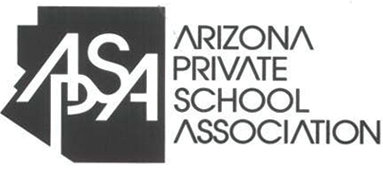Safety is essential in any industry. When it comes to trucking, it’s important for drivers and employers to exercise caution since there are such large vehicles involved. One requirement for staying safe on the road is staying drug-free and alcohol-free behind the wheel. The Federal Motor Carrier Safety Administration (FMCSA) created its drug and alcohol Clearinghouse to support this goal, and truckers should understand how this works..
What is the FMCSA Clearinghouse?
The FMCSA Clearinghouse went into effect in 2020. This is a database that contains information about drug and alcohol testing for commercial driver’s license (CDL) holders. FMCSA-regulated employers must report any violations, including failed tests or refusals to test, to the Clearinghouse.
What is the Purpose of the FMCSA Clearinghouse?
The goal of this database is to prevent drivers from moving employers to avoid completing the return to duty process after a drug or alcohol testing violation. Since all regulated employers must use this system for current drivers and query the system for new hires. Violations stay in the system until the driver completes the necessary steps to return to duty or for five years, whichever is longer.
What Truckers Need to Do
As a company driver, your company’s safety team can help you ensure you are compliant with FMCSA regulations, including using the Clearinghouse database properly. If you have any questions, get in touch with them for more information.
The first step is to register for the system as a driver. Then, you’ll need to provide consent for any queries that prospective or current employers need to make.
Beyond this, you will need to make sure you comply with any required testing including pre-employment and random tests. Of course, staying drug-free is also your responsibility, and is essential not only for yourself but for the safety of anyone with whom you share the road.
What To Do After a Violation
If you ever fail or refuse a test, your employer will be required to report this to the FMCSA Clearinghouse. This means it will be on record for any future employers. At this point, it is your responsibility to complete the return-to-duty process in order to return to safety-sensitive duties.
What About Owner-Operators?
Owner-operators operating under their own authority have additional responsibilities related to drug and alcohol testing. These drivers are required to work with a consortium/third-party administrator (C/TPA) to ensure Clearinghouse compliance. This is especially key as it relates to random testing.
Learn About the Trucking Industry
At HDS Truck Driving Institute (HDS truck driving school), we teach our students about the trucking industry, including an overview of drug and alcohol testing. We can help you set yourself up for success and we meet all necessary entry-level driver training (ELDT) requirements.








